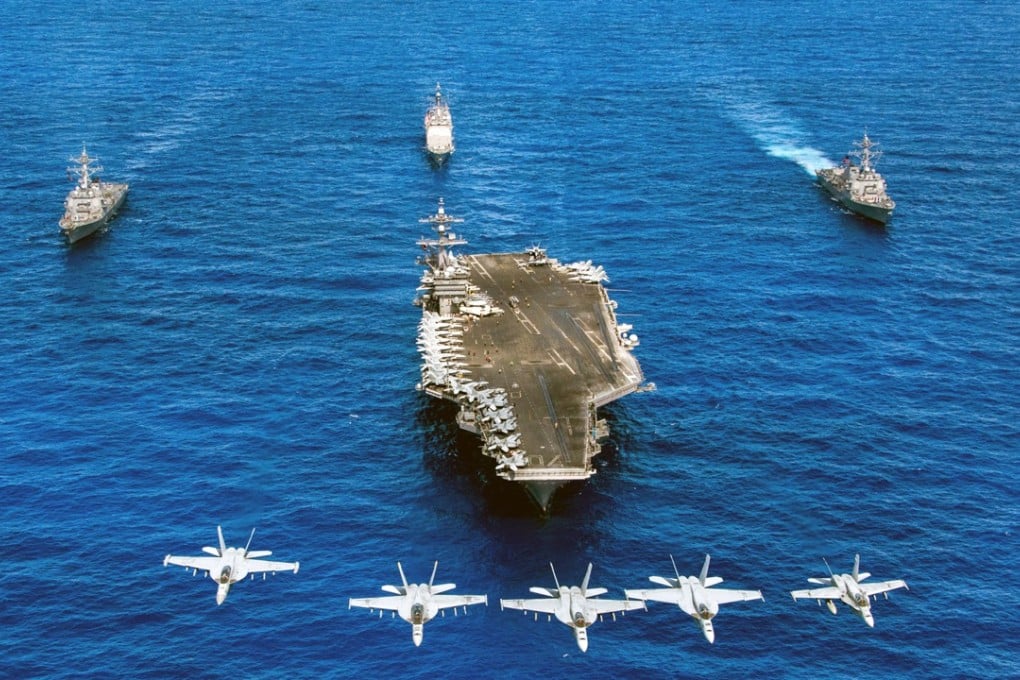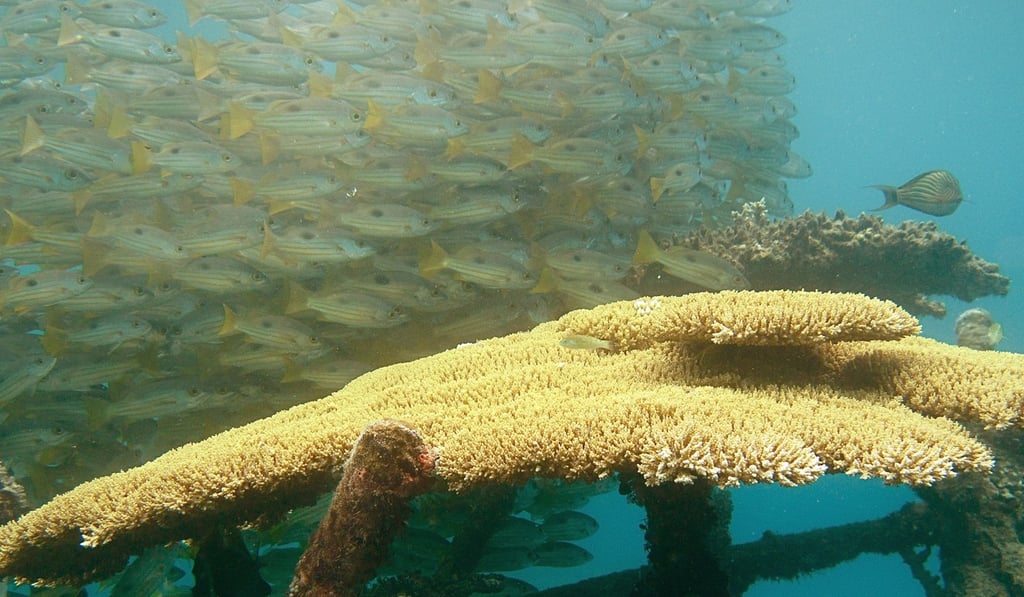The ‘Indo-Pacific’ is really nothing new, just ask the fish
The term reflects the historical realities of the connected maritime spaces of the Indian and the Pacific oceans

Why is the US calling Asia-Pacific the Indo-Pacific? Donald Trump to ‘clarify’
Oceanic connections are apparent in the studies of marine biology and climatic phenomenon. Marine biologists have pointed out that the diversity of fish in the Indo-Pacific region, particularly at the juncture of the two oceans, is more pronounced than anywhere else on Earth. Several species are also widely distributed across the expansive regions of two the oceans. Myripristis berndti or the bigeye swordfish, for instance, is found in an area that extends from South Africa to the Galápagos Islands. Similar breadth of connectivity can also be found in the distribution of “mud crabs,” the “redlip parrotfish,” and the “blue starfish” species. For marine biologists working on these fishes, it does not make sense to limit their research to the artificially constructed notions of a distinct Indian Ocean and a separate Pacific Ocean.
What’s at stake for China as unsure Modi meets unpredictable Trump?
Similarly, climatologists have pointed to the existence of an “Indonesian Throughflow” current, which introduces warm, fresh water from the Pacific to the Indian Ocean and then exits into the Atlantic through southern Africa. The changes in the flow of the current, it has been noted, has had significant impact on the monsoon seasons in the Indian Ocean region and long influenced agricultural production in the hinterland areas.
US, Japan, India, Australia ... is Quad the first step to an Asian Nato?
The early movement of humans in the Indo-Pacific region was also facilitated or otherwise affected by bio-geographical and climatic factors. The dispersal of the Austronesian people in an arc extending from Polynesia, through Southeast Asia to Madagascar, for example, strikingly resembles the distribution of fish species across this space. From about the second millennium BCE, the Austronesians established their migratory and trading networks that connected a wide range of islands and coastal regions in Polynesia, Southeast Asia and Africa. They seem to have been instrumental in the spread of ceramic techniques, coconuts and maritime knowledge across the two oceans.

Throughout the first and second millennium CE, the notion of a bounded Indian Ocean space was challenged by the creation of Arab, Persian, Tamil and Chinese trading and shipping networks. The same applied to the pre-colonial naval activity in this “Indian Ocean world”, which, according to historians, extends from eastern Africa to the Japanese islands. Chola, a south Indian polity, in 1025 raided Southeast Asian ports that were located beyond the artificially constructed borders of the Indian Ocean; Srivijaya, the Southeast Asian thalassocracy, exerted naval power both in the South China Sea and the Bay of Bengal; and the Ming under Admiral Zheng He and other eunuch-led maritime expeditions dictated political and commercial exchanges from the western edges of the Pacific Ocean to the Swahili coast of Africa during the early 15th century.
The full integration of the Indian and Pacific oceans, and the emergence of this maritime space as a contentious arena, was brought about by the European colonial powers, the Portuguese, the Dutch East India Company and the British East India Company. This integration took place through the establishment of shipping networks, competition over the circulation of commodities, such as porcelain, spices, and silver, and the inhumane conditions surrounding the export of indentured labour.
Why did India rebuff Australia’s war games offer (if not to placate China)?
Galleons constructed in the Philippines transported goods and slaves from the Indian Ocean region to Mexico and southern America. The Baltimore-built clippers became the leading carriers of opium between India and China, and subsequently engaged in transporting Chinese migrants travelling to the Californian coast enticed by the gold rush. To facilitate the surge in the movement of people across the Pacific Ocean, steamship liners operated regularly between Hong Kong and California. The economies of the Americas, the Pearl River Delta, Southeast Asian ports, and British India became intertwined with these trans-Indo-Pacific connections, circulations, and exploitation.
Why Australia needs a smarter China policy
Human activity integrating the Indian and Pacific oceans has burgeoned in recent years. The submarine communication cables, used by telecom companies such as Google, China Mobile International, the Japanese KDDI, and Singapore’s Singtel, laid under the Pacific and Indian oceans are examples of oceanic linkages that have accelerated communication between people living in the far-flung regions of the two oceans.